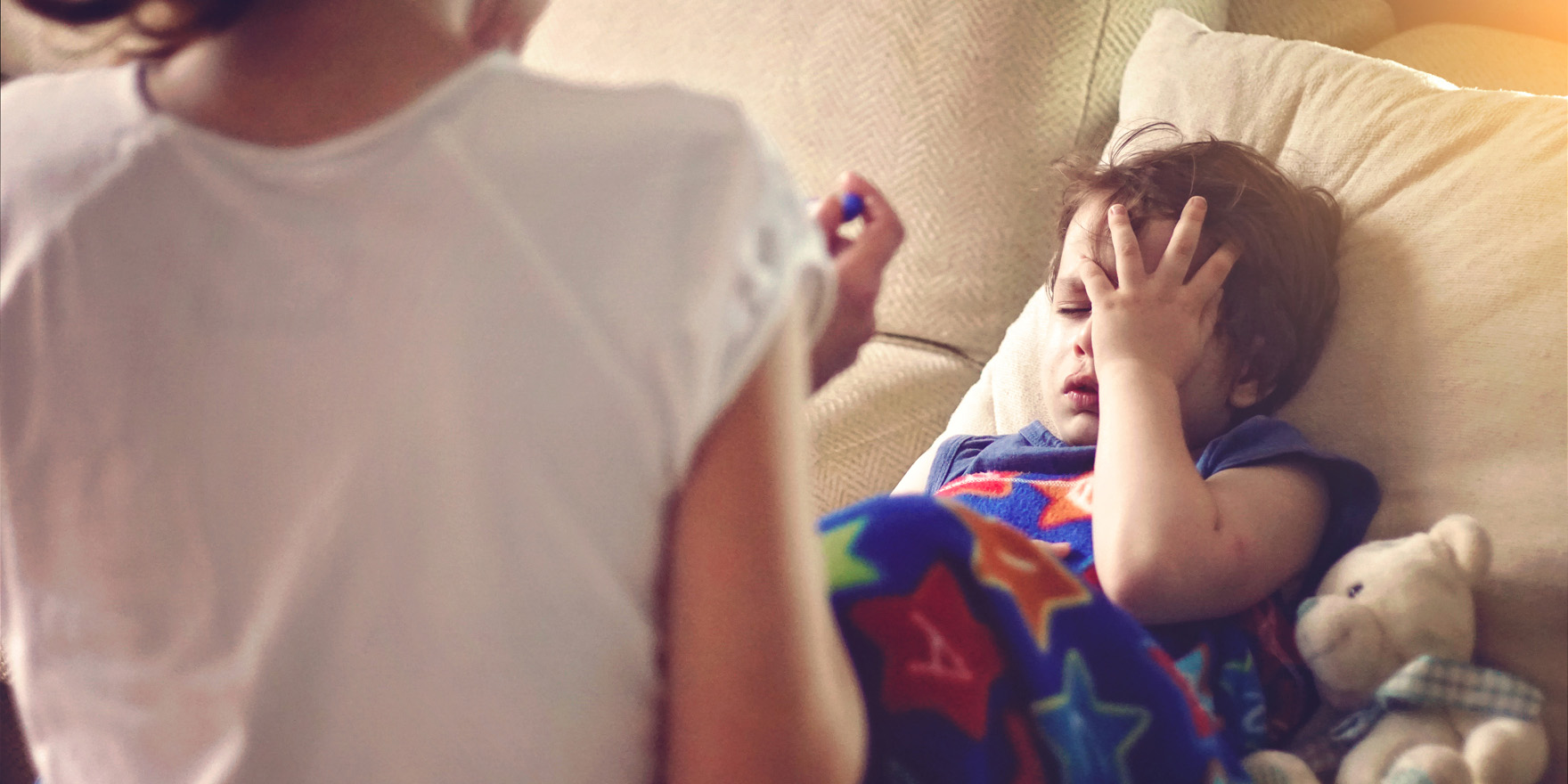Some clinical findings are more predictive than others when it comes to identifying pneumonia in children, a study finds
Cough, fever, laboured breathing, chest pain, hypoxia, tachypnoea, auscultatory findings – children with any combination of these signs could have pneumonia. But making a definitive diagnosis of pneumonia without a chest X-ray can be devilishly difficult.
While no single finding reliably differentiates pneumonia from other forms of childhood respiratory illness, a meta-analysis of 23 studies has shown that some clinical findings are more predictive than others.
The research, published in JAMA this month, found that increased work of breathing and hypoxia were more important than tachypnoea and auscultatory findings in identifying pneumonia in children.
“Among children with cough and fever, the general appearance of the patient and the oxygen saturation level appear to be key determinants in evaluating for the presence of pneumonia,” the authors said.
The presence of moderate hypoxaemia (oxygen saturation ?96%) predicted pneumonia with a sensitivity of 64% and specificity of 77% across the 13,800 children in the study.
Grunting, nasal flaring and chest retractions or indrawing indicated increased work of breathing and could be used, along with a clinical observation of hypoxaemia, to diagnose pneumonia or to guide “judicious use of chest radiography”, the authors said.
For example, a two-year-old who presented with two days of cough, poor feeding, a temperature of 38.5°C, respiratory rate of 42 breaths per minute, and an oxygen saturation of 96%, would have a probability of pneumonia of around 40% to 60% in the US, according to the study.
By comparison, a 10-year-old child with a history of cough, fever and difficulty breathing, who was not feverish, had a normal respiratory rate and oxygen saturation, and crackles on examination but no evidence of increase work of breathing, would have around a 9% probability of pneumonia.
Overall, the radiographically confirmed rate of pneumonia in the US studies was around 19% in children with suspected pneumonia, according to the study.
Although tachypnoea did not predict pneumonia, its absence was associated with a lower likelihood of pneumonia in the study. The authors said this might be related to the fact that respiratory rate was dependant on many variables, including temperature, anxiety, age, and whether the child was asleep or awake at the time of measurement.
Abnormal auscultatory findings were “often heralded as the hallmark of pneumonia”, but these relatively subjective measures were poor predictors of pneumonia, particularly in infants and young children, the authors said.
Pneumonia kills more children each year than any other disease and more than AIDS, malaria and measles combined, according to the WHO. Around two million children die from pneumonia every year worldwide.
Respiratory illness was also a major contributor to antibiotics overuse, accounting for nearly 75% of antibiotic prescriptions among children in the United States.
The uncertainty surrounding diagnosis of pneumonia, and the difficulty in distinguishing between viral and bacterial respiratory tract infections, was contributing to overuse of antibiotics, the authors said.


